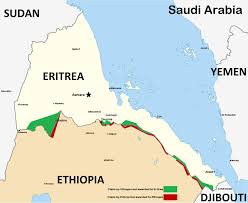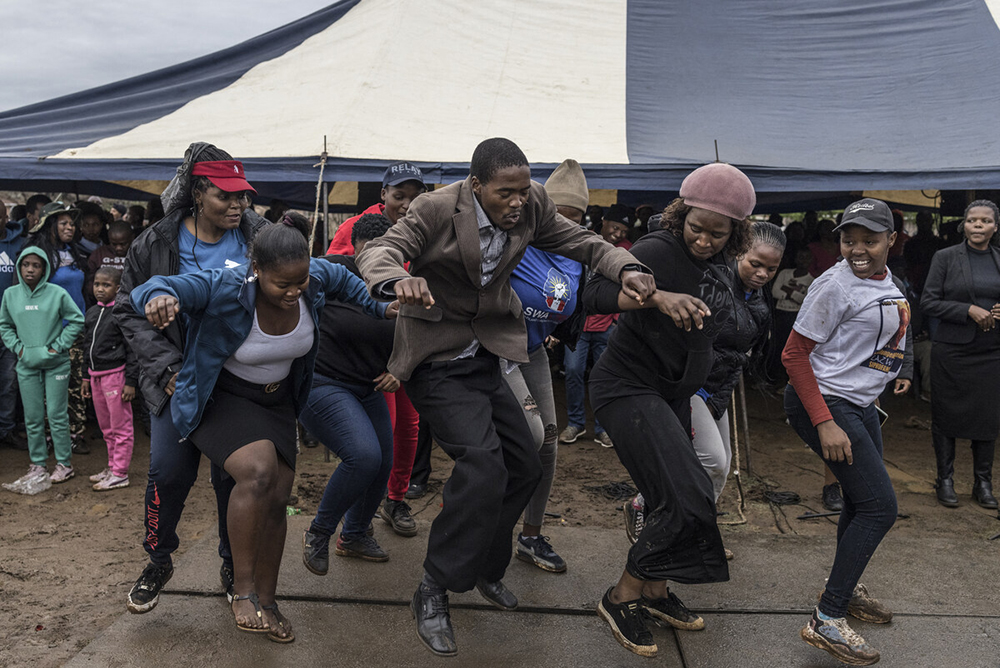Exploring Eritrea: A Nation of Rich Heritage and Ongoing Struggles

Introduction to Eritrea
Eritrea, located in the Horn of Africa along the Red Sea, is a nation rich in history and diverse cultures. It gained independence from Ethiopia in 1993 after a protracted struggle, and since then, it has faced numerous challenges including political repression, economic hardship, and regional instability. The importance of understanding Eritrea lies not only in its complex past but also in its current socio-political landscape as it navigates through various developmental hurdles.
Current Events and Challenges
As of 2023, Eritrea continues to grapple with various socio-economic issues. Reports indicate a struggling economy exacerbated by extended periods of national service, which many Ethiopians see as forced conscription. According to the International Crisis Group, this system has led to a significant brain drain, with a large number of young Eritreans fleeing the country in search of better prospects.
Additionally, the Covid-19 pandemic has further impacted the nation’s already fragile health infrastructure, raising concerns about food security. A recent UN report noted that around 2.4 million Eritreans, or nearly half the population, require humanitarian assistance to meet their basic needs. In light of these issues, international aid and support are critical for Eritrea to improve conditions for its citizens.
Political Landscape
Eritrea has been internationally criticized for its human rights record, with the government led by President Isaias Afwerki facing allegations of suppressing dissent and freedom of speech. The absence of free press and political pluralism, as documented by Human Rights Watch, contributes to an environment of fear and repression among the populace.
Despite these challenges, there have been some recent developments that could signal a shift in Eritrea’s approach to governance. There are emerging conversations about reform from within the diaspora, pushing for democratic governance and improved human rights protections, which could lay the groundwork for positive change in the future.
Conclusion and Future Outlook
As Eritrea stands at a crossroads, the path it chooses will significantly impact Southeastern Africa’s geopolitical landscape. The international community’s response to Eritrea’s internal challenges will be paramount in shaping the nation’s future. Continued advocacy for human rights and potential economic collaborations may provide fertile ground for change. For readers, understanding Eritrea’s plight serves to highlight the resilience and aspiration of its people, reflecting a country that despite its difficulties, hold onto the hope of a brighter tomorrow.
You may also like

Exploring the Unique Heritage and Current Affairs of Eswatini

Exploring Southampton: A Hub of Culture and Growth
